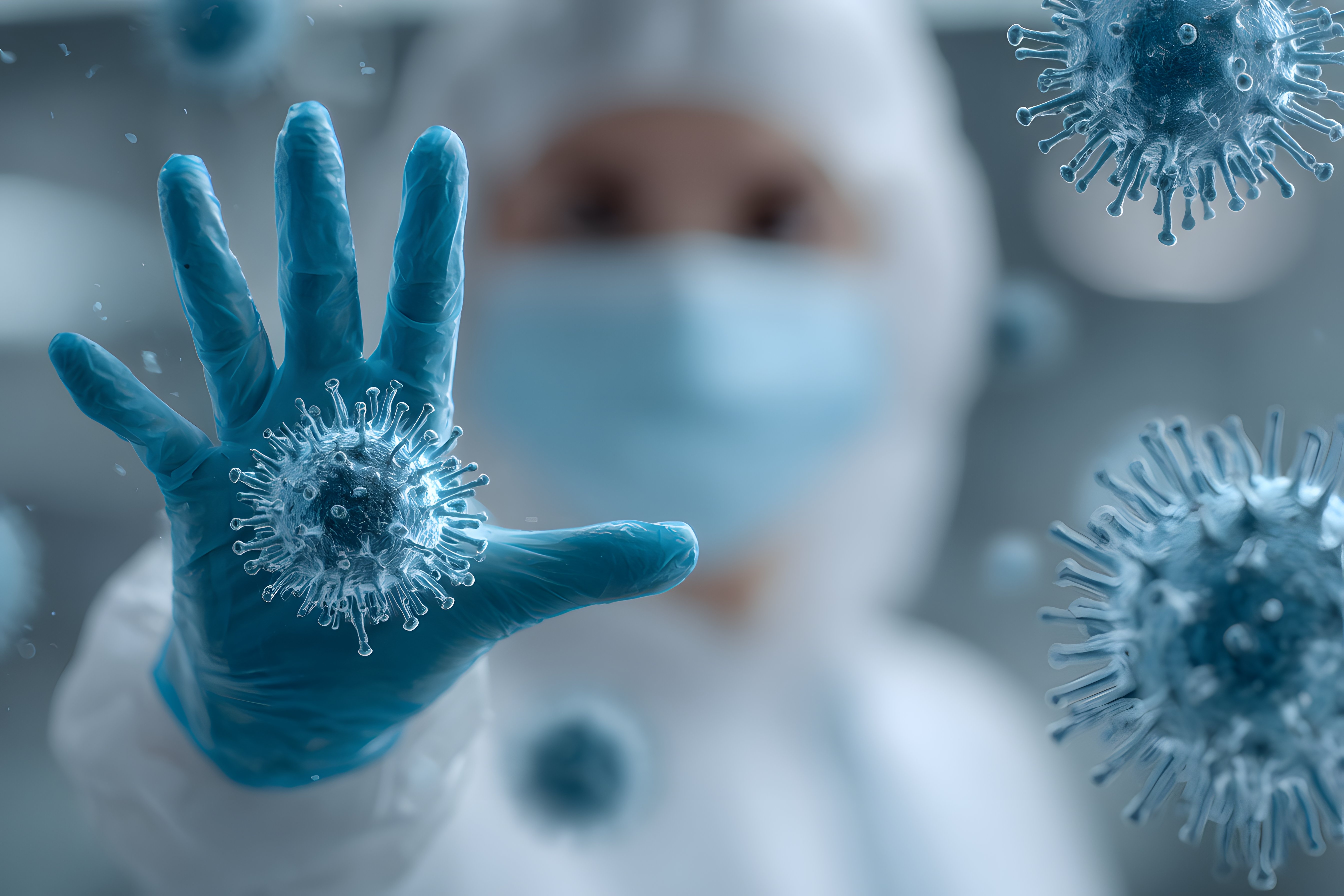Recent research comparing UV-C radiation and chlorine dioxide foam for disinfecting endocavitary probes in gynecological practice has revealed significant insights about infection control effectiveness. As healthcare facilities increasingly prioritise patient safety and seek more reliable high-level disinfection methods, understanding the comparative performance of these technologies becomes crucial for preventing HPV and bacterial transmission in clinical settings.
Why traditional wipes fail in gynecology
Traditional chlorine dioxide foam wipes face considerable limitations in gynecological practice, particularly with endocavitary probes that require consistent high-level disinfection. The manual nature of wipe-based disinfection introduces significant contamination risks, as human error can lead to inadequate coverage or insufficient contact time.
Research demonstrates that manual disinfection methods often fail to achieve uniform pathogen elimination across probe surfaces. The complex geometry of endocavitary probes creates challenges for thorough manual cleaning, with crevices and curved surfaces potentially harbouring dangerous microorganisms including HPV and resistant bacteria.
Furthermore, the reliance on consumables creates supply chain vulnerabilities and environmental concerns. Healthcare professionals may rush through disinfection procedures due to time pressures, compromising the critical contact time required for effective pathogen inactivation.
Are UV-C systems more effective than wipes
Comparative studies reveal notable differences between UV-C radiation and chlorine dioxide foam effectiveness. Microbiological analysis shows that UV-C systems achieve superior results against high-risk microorganisms, with research indicating complete elimination of detected pathogens in clinical testing scenarios.
Whilst chlorine dioxide foam showed lower residue on the probe due to physical removal during wiping, UV-C radiation demonstrated more reliable and effecting pathogen inactivation without the variability introduced by manual technique.
The research indicates that UV disinfection systems provide more predictable outcomes, particularly important for hospital infection control protocols. UV-C technology's ability to penetrate complex probe geometries ensures comprehensive coverage that manual methods struggle to achieve consistently.
UV Smart D45 automation advantages
Automated UV-C disinfection systems offer significant advantages over manual methods, particularly in high-throughput gynecology departments. The elimination of human variables ensures consistent disinfection cycles, reducing the risk of procedural errors that compromise patient safety.
The automated process eliminates consumables entirely, providing both environmental benefits and cost predictability. Healthcare facilities benefit from reduced waste generation and simplified inventory management, whilst maintaining superior disinfection standards.
Traceability features in automated systems provide documentation for compliance requirements, something manual processes cannot reliably deliver. This healthcare technology advancement supports quality assurance programmes and regulatory adherence.
Cost analysis and implementation considerations
Initial investment costs for UV-C systems appear higher than traditional wipe-based methods, but operational analysis reveals different long-term economics. The elimination of consumables reduces ongoing expenses and simplifies procurement processes for healthcare facilities.
Environmental impact considerations favour UV-C technology, as it generates no chemical waste and requires minimal ongoing resources beyond electricity. This sustainability advantage aligns with modern healthcare environmental responsibility initiatives.
Implementation factors include staff training requirements, space considerations, and integration with existing workflows. UV-C systems typically require less ongoing training than manual methods, as automated processes reduce technique-dependent variables that affect disinfection quality.
Find out how the D45 can help you better fight against infections in your facility here or request the full article here








.jpg)
